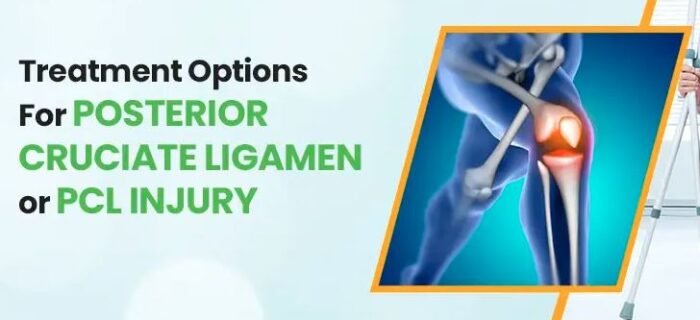The Posterior Cruciate Ligament (PCL) is a crucial stabilizing ligament in the knee, working alongside the Anterior Cruciate Ligament (ACL) to maintain joint integrity. While PCL injuries are less common than ACL injuries, they can significantly impact knee function and mobility. In this blog, Dr. Vivek Mahajan, an expert in orthopedic and sports medicine, explains the causes, symptoms, and recovery timeline for PCL injuries.
What Causes a PCL Injury?
PCL injuries are often the result of direct trauma to the knee, commonly seen in:
- Car accidents – A common cause, where the knee forcefully hits the dashboard.
- Sports injuries – Sudden hyperextension or a direct blow to the shin in contact sports like football, basketball, or soccer.
- Falls – Landing directly on a bent knee can strain or tear the PCL.
- Twisting injuries – Rapid changes in direction during sports can also contribute to PCL damage.
Symptoms of a PCL Injury
Unlike ACL injuries, PCL injuries may present less immediate swelling and pain, making them harder to diagnose. Key symptoms include:
- Mild to moderate knee pain
- Swelling and stiffness
- Instability or weakness in the knee
- Difficulty walking, especially on uneven surfaces
- Limited range of motion
- Pain when kneeling or squatting
Diagnosis and Treatment Options
Dr. Vivek Mahajan emphasizes that early diagnosis is crucial for effective recovery. A PCL injury can be diagnosed through:

- Physical examination – Checking knee stability and movement.
- MRI scans – These provide detailed images to assess ligament damage.
- X-rays – Ruling out fractures or bone involvement.
Treatment Approaches:
Non-surgical treatment (for partial tears or mild injuries):
- Rest, Ice, Compression, and Elevation (RICE)
- Physical therapy to restore knee strength and stability
- Knee bracing for added support
Surgical Treatment (for complete or severe tears):
- PCL reconstruction surgery may be needed if the ligament is completely torn or if the knee remains unstable despite conservative treatment.
- Surgery typically involves using a graft to replace the torn ligament, similar to ACL reconstruction.
Recovery Timeline for PCL Injuries
Recovery depends on the severity of the injury and the chosen treatment approach.
Non-Surgical Recovery:
- 6–8 weeks – Healing for mild PCL sprains with physical therapy.
- 3–4 months: Full return to normal activities with strengthening exercises.
Surgical Recovery:
- 6 months – Initial healing and progressive rehab.
- 9–12 months: Return to high-impact sports and full knee function.
Rehabilitation is crucial in regaining knee strength and stability, with a structured physiotherapy program designed to prevent future injuries.
Final Thoughts by Dr. Vivek Mahajan
PCL injuries, while less common than ACL injuries, require proper diagnosis and a well-planned treatment approach for optimal recovery. Whether managed non-surgically or surgically, early intervention, physiotherapy, and patient commitment are key factors in achieving full knee function.

